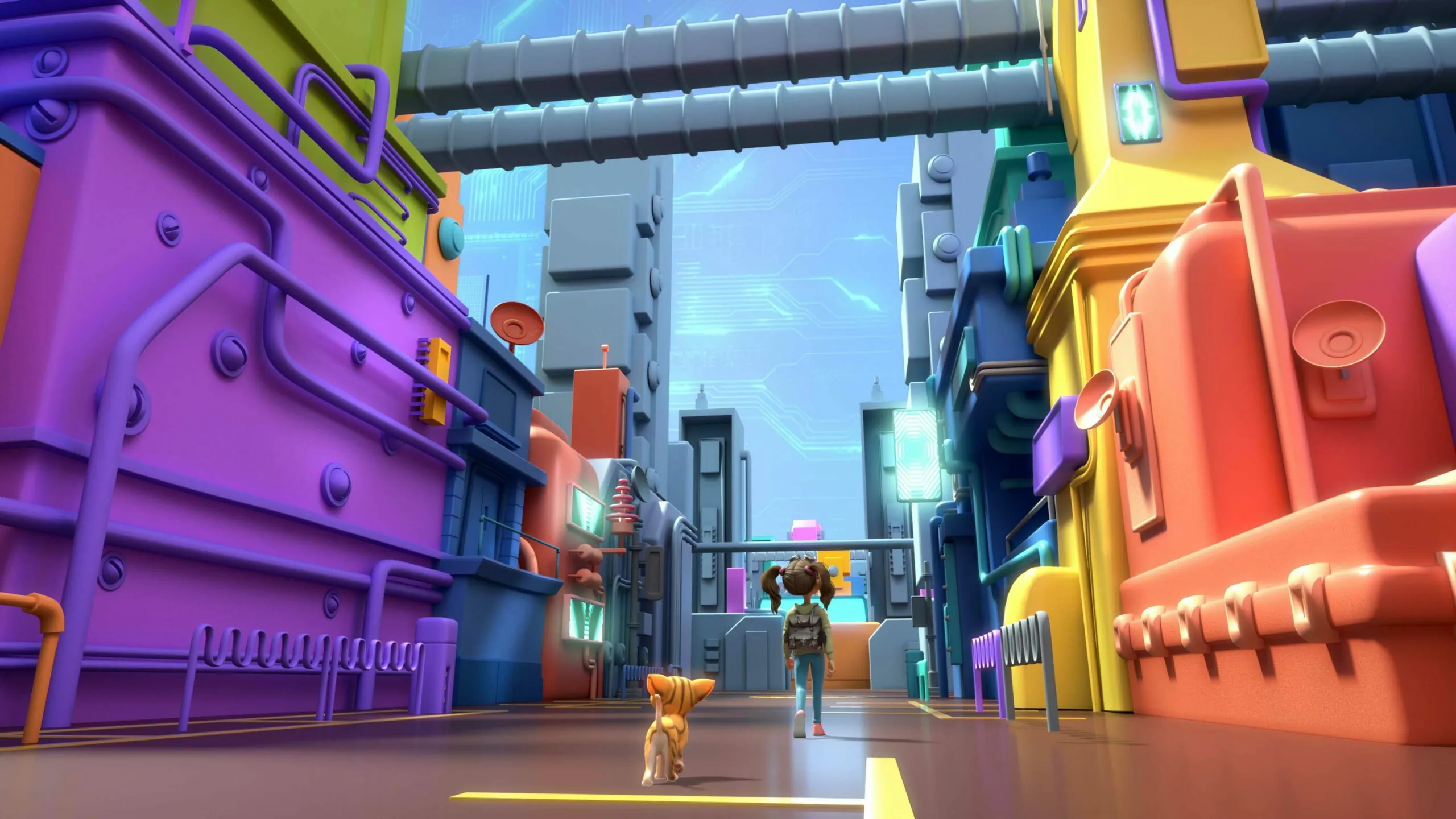
Corporate Animation: The Ultimate Guide
Intro
Blog Contents

2. 2D Animation
Two-dimensional (2D) animation is one of the most widely used styles due to its simplicity and versatility. It involves creating movement in a two-dimensional space and includes everything from cartoons to detailed graphics. 2D animation is a very broad term, that could technically encompass other styles in the list below. If it’s not using fully 3D models (digital or real) then it’s a 2D animation.
However, 2D animation can also be used as a shorthand to define a certain approach to animation. These animations are often a nice mix of motion graphics, illustrated elements, characters and environments.
For businesses, 2D animation is a go-to for adverts, explainer videos, and social media content because it’s cost-effective and can be easily adapted to align with brand identities. It excels in storytelling by simplifying complex ideas into clear, engaging narratives. This style not only captures the essence of a message but also keeps viewers engaged with its vibrant visuals and smooth transitions.
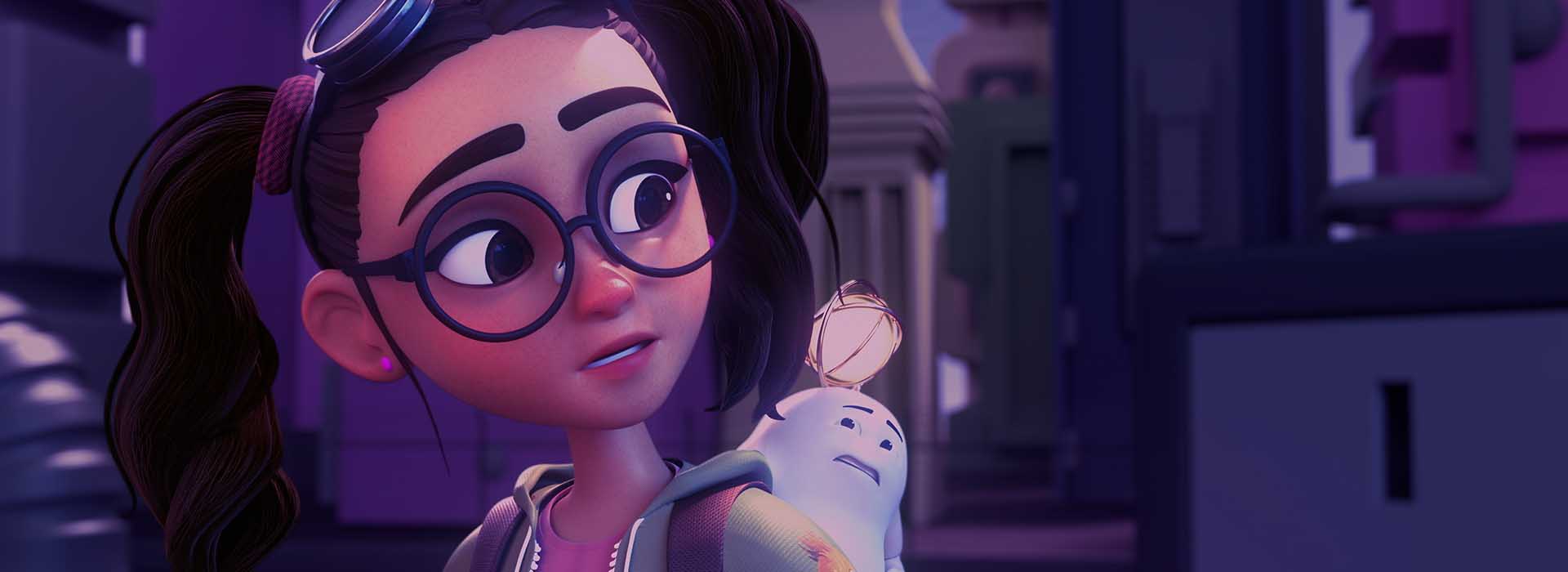
3. 3D Animation
Three-dimensional (3D) animation adds depth to the visual experience, offering a realistic and immersive view of depicted scenes. This type of animation is particularly effective for product demonstrations, virtual tours, and technical explanations where detail and perspective add significant value. 3D animation can bring abstract concepts to life, allowing viewers to explore angles and details that other mediums can’t provide. It’s especially popular in industries like real estate, manufacturing, and healthcare, where precision and clarity are crucial. Although more costly and time-consuming than 2D, the investment in 3D animation often pays dividends in higher engagement and comprehension rates.

4. Motion Graphics
Motion graphics are a dynamic way to present statistics, animate logos, or embellish advertisements with moving graphical elements. This style is particularly suited for creating compelling corporate videos that require a blend of text, numbers, and illustrations—transforming standard presentations into captivating visual stories. Motion graphics are ideal for businesses looking to communicate complex data or messages in an easily digestible format, making them a staple in financial services, technology sectors, and educational platforms.
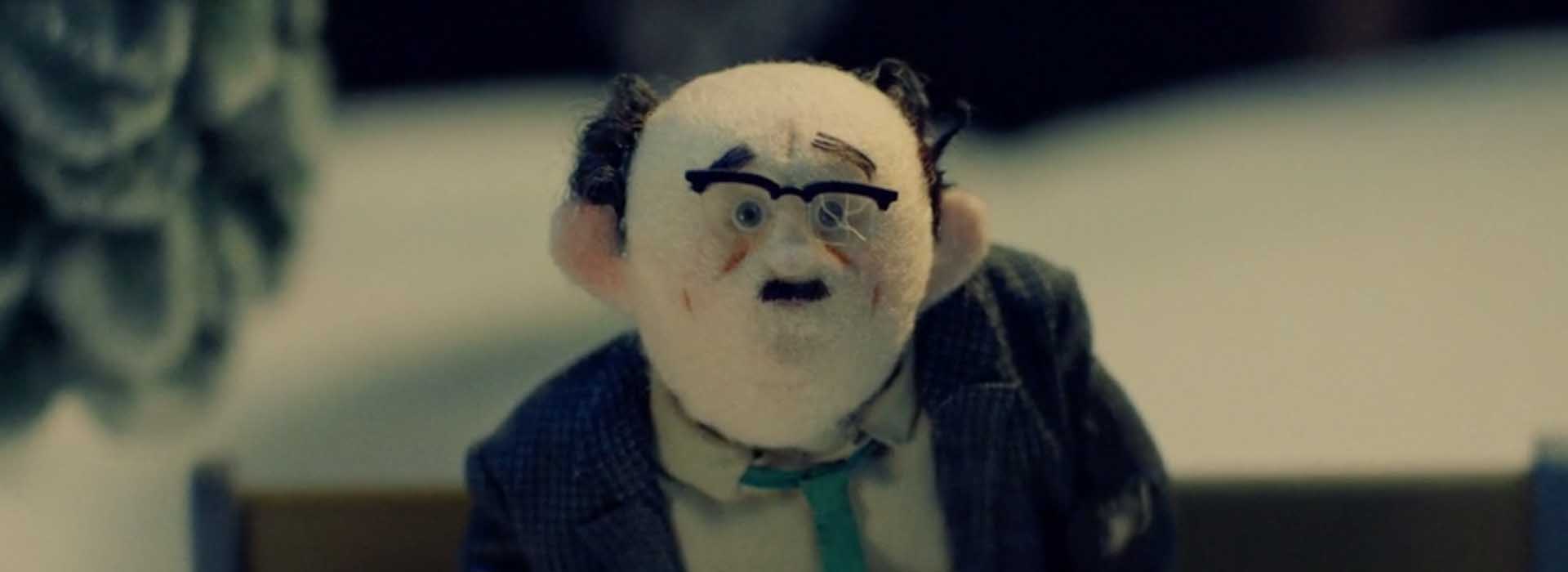
5. Stop-Motion Animation
Stop-motion animation stands out with its frame-by-frame shooting style, using physical objects to create a hands-on, crafted look. This type of animation is perfect for brands aiming to convey authenticity and artisanal values. It’s highly engaging and can be used for product showcases, emotional storytelling, or even social media videos that require a personal touch. While stop-motion can be labor-intensive, the unique, eye-catching results often justify the effort, giving businesses a distinctive visual product that captures and holds audience attention.
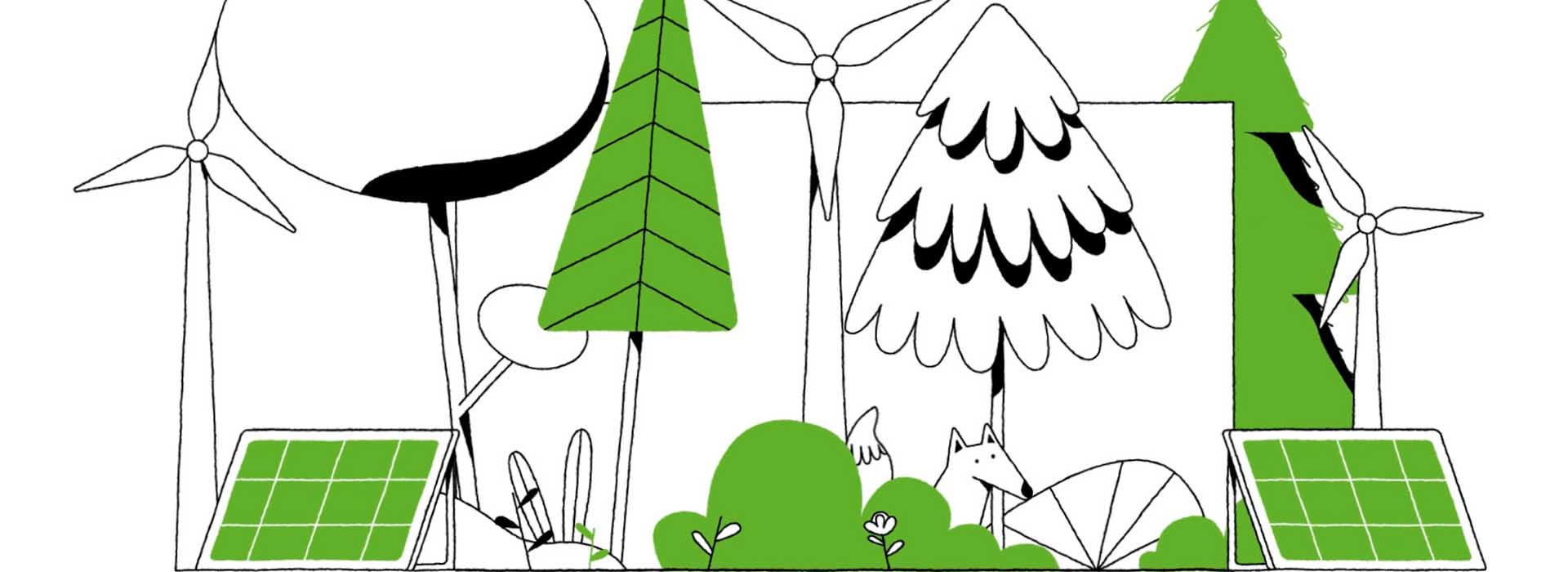
6. Line Art Animation
Line art animation is a clean, minimalist style that uses simple, continuous lines to create visuals. Its sleek, uncluttered design makes it ideal for corporate content, where clarity and focus are essential. Often paired with subtle motion and limited colour palettes, this style works well for explaining processes, visualising workflows, or simplifying complex ideas. Line art animation conveys professionalism while maintaining an approachable, modern aesthetic, making it perfect for explainer videos, training materials, and product overviews.
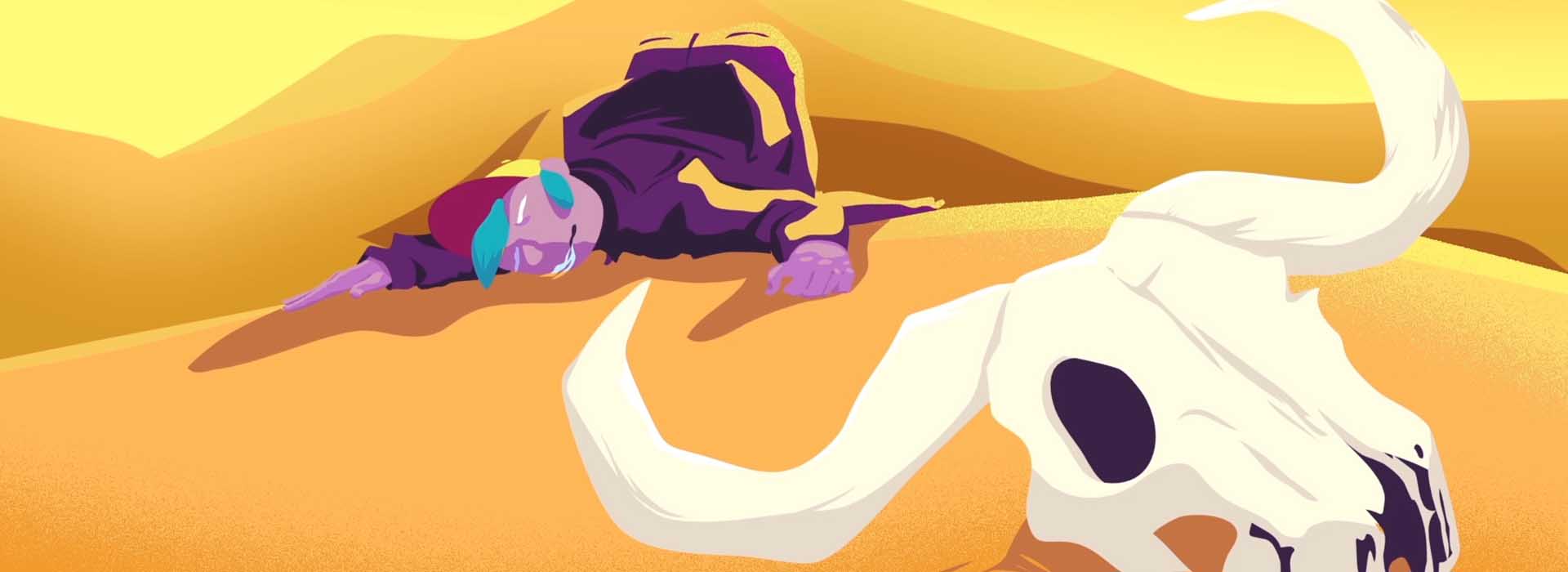
7. Frame By Frame Animation
Frame-by-frame animation is a meticulous style where each individual frame is drawn or illustrated to create fluid, organic motion. For corporate content, this technique adds a handcrafted, high-quality feel that stands out in a digital-first world. Its smooth, natural movement makes it ideal for storytelling, adding personality to brand narratives, or enhancing emotional connection. While it requires more time and effort, the result is a polished, artistic aesthetic that elevates explainer videos, brand films, or high-end promotional content with a unique and memorable touch.

8. Collage Animation
Collage animation combines textures, cut-outs, and mixed media to create a visually rich and layered aesthetic. For corporate content, this style offers a fresh and creative approach that feels dynamic and engaging. By blending photos, illustrations, and animated elements, collage animation can bring abstract ideas to life or add a playful, artistic edge to brand storytelling. It’s particularly effective for promotional videos and campaigns looking to stand out with a unique, handcrafted feel while maintaining a modern and contemporary vibe.

9. Typographic Animation
Typographic animation focuses on animating text to make messages dynamic and engaging. This style is excellent for emphasising key points in advertisements, creating memorable online content, or enhancing educational videos. By animating text, companies can keep content fresh and interesting, which is particularly effective in capturing short attention spans on platforms like social media. Typographic animations can drive home messages in a way that static text cannot, making it an invaluable tool for promotions and information dissemination.

11. Logo Animation
Logo animations transform static logos into something alive and dynamic, often serving as the cornerstone of a brand’s visual identity. A well-animated logo not only grabs attention but also enhances brand recall. This type of animation is critical for businesses looking to make a strong first impression or leave a lasting one. As viewers’ eyes are drawn to movement, an animated logo at the start or end of promotional videos can significantly boost memorability.
Best For: Enhancing brand recall.
Measurable KPIs: Brand recognition rate, first visit time on page.

12. Product Animation
Product animations offer a 3D showcase of a product’s functionality, features, and benefits. They provide a detailed look at the product from various angles, making complex products easier to understand and more appealing. This is particularly useful for technological gadgets, luxury items, or any product where visual features are essential for market success. By allowing customers to see the product in action, businesses can enhance transparency, build trust, and ultimately drive sales.
Best For: Showcasing product features and benefits.
Measurable KPIs: Conversion rates, customer engagement levels.

13. Explainer Animation
Explainer animations are one of the most popular forms of corporate animation. According to the Academy of Animated Art, approximately 65% of businesses incorporate corporate animation into their marketing plans, recognising its ability to engage audiences and convey messages effectively.
They are concise, engaging videos that break down complex products or services into digestible bites using clear visuals and straightforward narratives. Typically ranging between 1-3 minutes, these animations are designed to capture and maintain viewer interest with lively graphics and compelling storytelling. Explainer animations are invaluable for startups and tech companies needing to communicate innovative concepts or detailed product functionalities clearly and effectively. They can also be used to clarify the steps of a service process or to illustrate software use, making them versatile across numerous industries.
Best For: Simplifying complex concepts, increasing product understanding, and improving conversion rates.
Measurable KPIs: Video completion rates, click-through rates, and post-view conversion rates.

14. Social Animations & GIFs
Social animations and GIFs are short, captivating videos or looping clips designed to grab attention quickly and effectively on social media platforms. These animations are typically humorous, vibrant, and highly shareable, making them excellent tools for viral marketing campaigns, brand awareness efforts, and social engagement. They can be used to make announcements, explain simple concepts, showcase snippets of a longer video, or simply add a dynamic flair to social media posts. The lightweight nature of GIFs makes them easy to consume and share, which is essential for the fast-paced environment of social media.
Best For: Enhancing social media engagement, driving traffic, and viral marketing campaigns.
Measurable KPIs: Shares, likes, comments, and other social interactions.
Final Thoughts
In today’s digital era, corporate animation is not just an artistic expression but a strategic business tool. It enhances viewer engagement, simplifies message delivery, and boosts memory retention. Whether it’s through a captivating logo animation or a comprehensive explainer video, embracing animation can significantly uplift your brand’s visibility and conversion metrics. Dive into the world of animation and watch your business grow.
Approaching an animation studio for your marketing project can be a pivotal step in crafting a compelling narrative that resonates with your audience. To ensure you get the most out of this collaboration, here are five essential tips to consider:
1. Define Your Objectives Clearly
Before initiating contact with an animation company, have a clear understanding of what you aim to achieve with your corporate animation. Whether it’s increasing brand awareness, explaining a complex product, or driving specific consumer actions, your objectives will guide the project’s direction. Communicate these goals clearly with the animation team to ensure that the final product aligns perfectly with your marketing strategy.
2. Know Your Audience
The success of an animation greatly depends on how well it resonates with its intended audience. Provide the animation company with detailed insights about your target demographic, including age, interests, occupation, and even cultural nuances. This information will help the animators create content that speaks directly to the viewers’ preferences and behaviors, making the animation more effective and engaging.
3. Prepare a Comprehensive Brief
A well-prepared brief is crucial for the success of any creative project. Your brief to the animation company should include details about the desired animation style, tone of voice, key messages, and any specific branding guidelines that need to be followed. The more detailed your brief, the easier it will be for the animators to meet your expectations and deliver a product that effectively communicates your message. If you need support, download our free video brief template.
4. Budget Realistically
Quality animation requires time and skill, which comes at a cost. Prepare a realistic budget that reflects the complexity and length of the animation you require. Be upfront about your budget constraints with the production company to find a mutually agreeable solution that does not compromise the quality of the final product. Remember, investing in a high-quality corporate animation can yield a significant return on investment in terms of engagement and conversion rates.
5. Plan for Feedback and Revisions
Animation is a creative process that might require tweaks and modifications to get it just right. Plan for a structured feedback loop that includes key stakeholders at your company. Discuss with the animation company how they handle revisions and make sure there is an agreement on the number of revisions included in the project scope. This will help manage expectations on both sides and ensure a smooth workflow towards the final version of the animation.
By following these tips, marketers can foster a productive relationship with an animation production company, ensuring the final product not only meets but exceeds marketing objectives. Effective communication and a clear understanding of goals and audience can significantly enhance the impact of your corporate animation.



